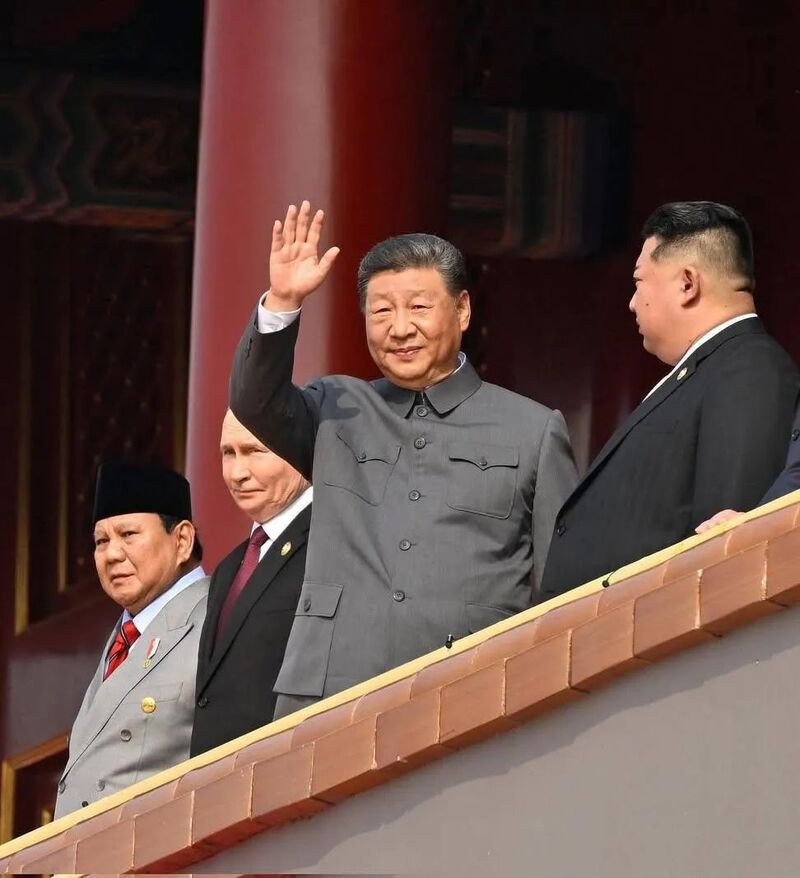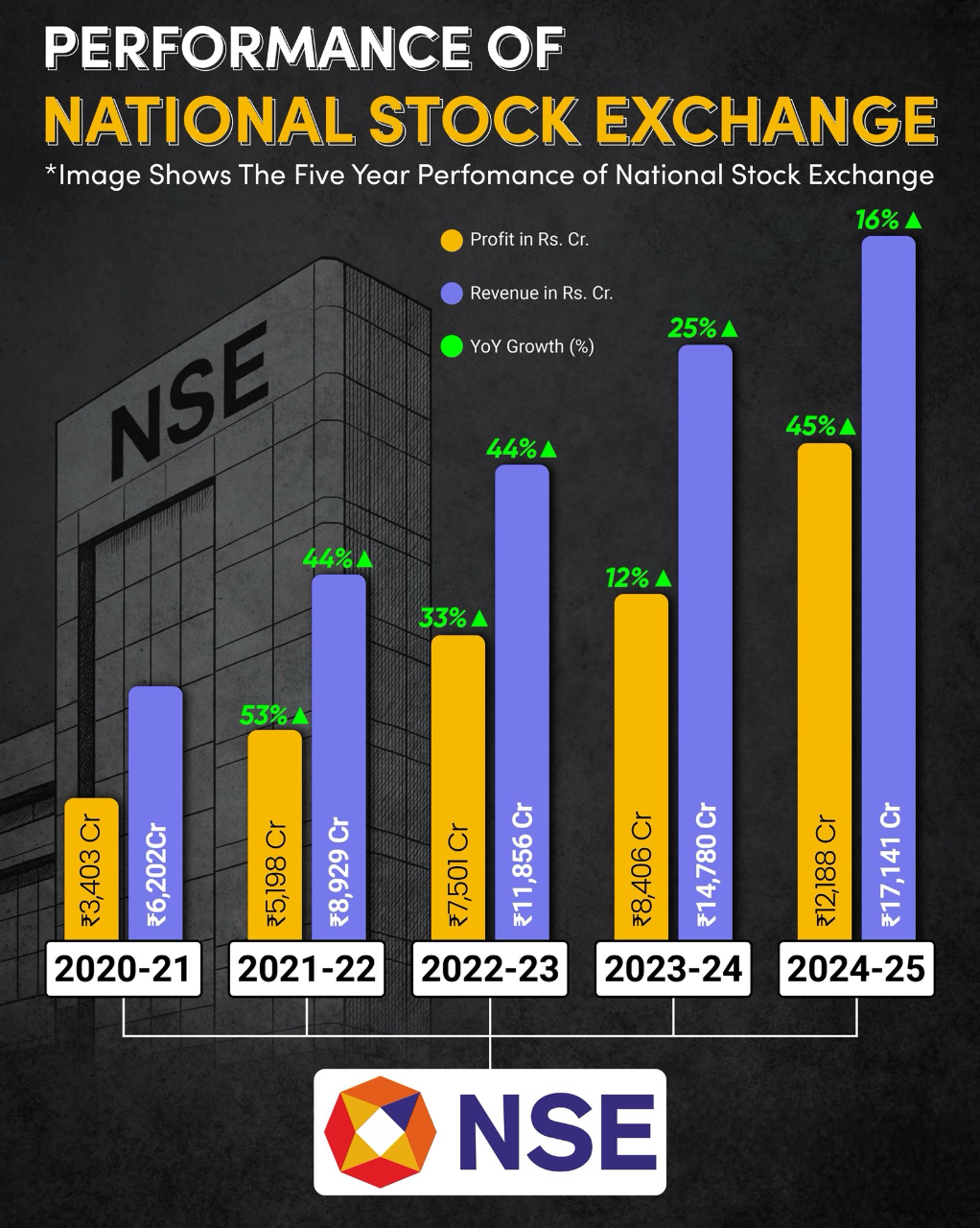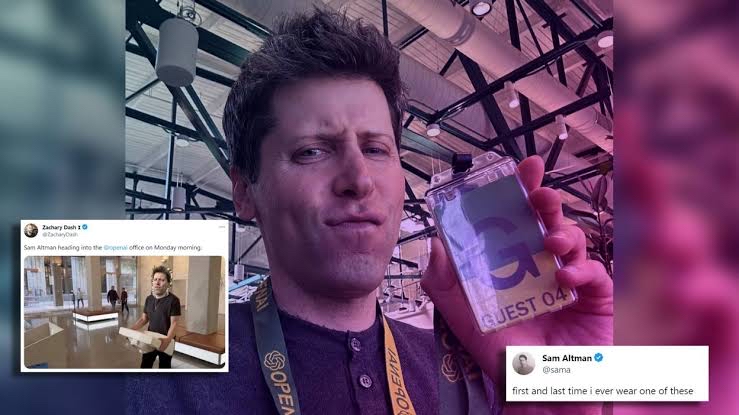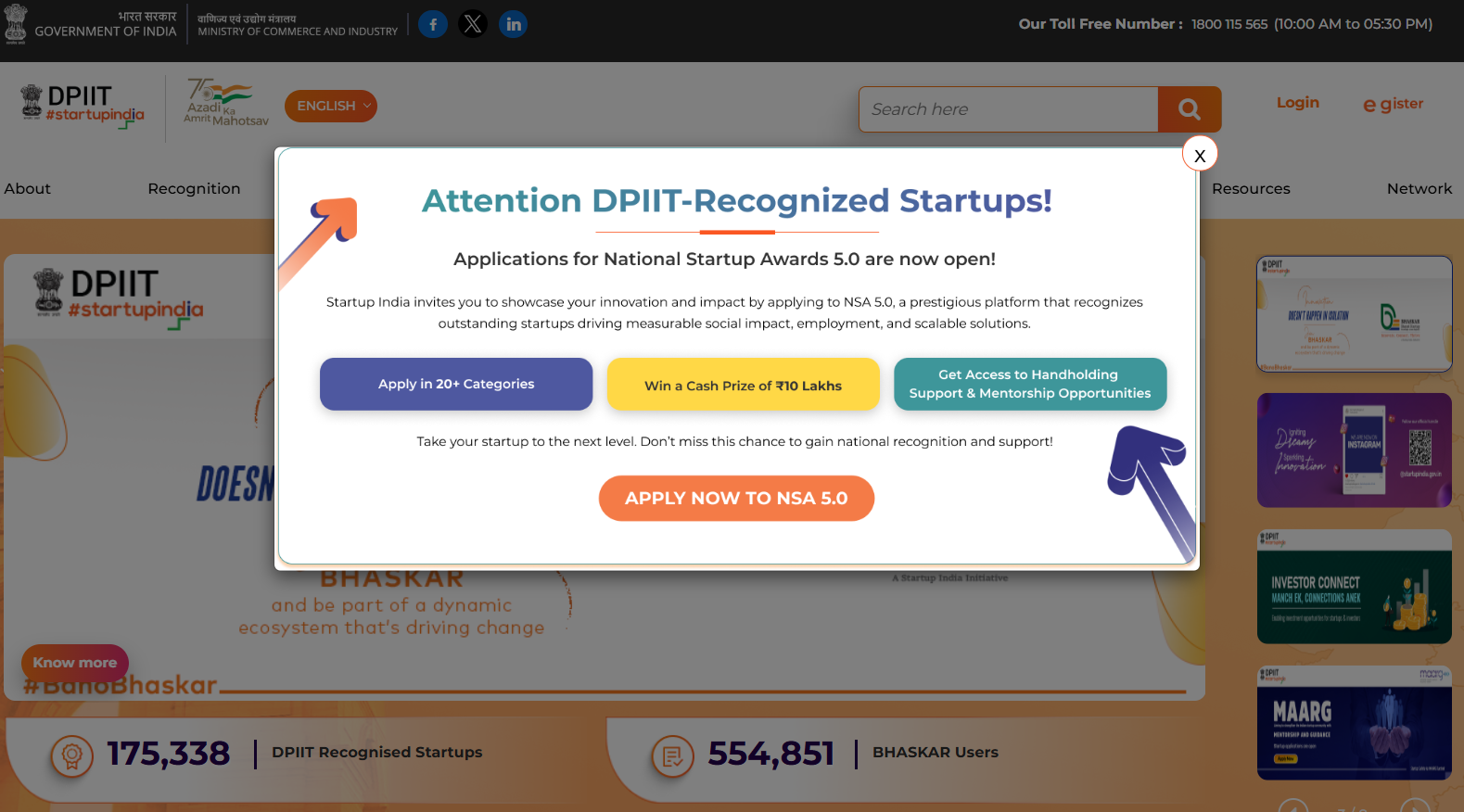Back
brijesh Patel
Founder | Venture Pa... • 2m
🚀 From “Copycat Nation” to Innovation Superpower — The China Playbook No One Talks About A few decades ago, “Made in China” meant cheap, copied, and low-quality. today, it means cutting-edge tech, world-class EVs, AI breakthroughs, and global dominance. This didn’t happen by chance. It was a 40-year masterplan — a national startup story that turned imitation into innovation. Let me tell you the story 👇 Phase 1: The Copycat Years (1978–2005) China started small. They opened the economy to foreign companies like IBM, Panasonic, and Motorola — letting them build factories, train workers, and transfer tech. China learned fast. They reverse-engineered, imitated, and optimized. it wasn’t glamorous — but it was strategic. They were like an intern quietly studying the CEO, waiting for their moment. 🧠 Phase 2: The 15-Year Masterplan (2006–2020) In 2006, China published a brutally honest report: “Our country is not yet an economic power, primarily because of our weak innovation capacity.” Then they made a promise and a plan. ✅ Increase R&D spending to 2.5% of GDP (done) ✅ Be top 5 in global patents (surpassed; now #1) ✅ Reduce foreign tech dependence (in progress) ✅ Lead in EVs, solar, AI, and high-speed rail (achieved) They didn’t just set goals — they treated innovation like infrastructure. ⚙️ Phase 3: The “Whole Nation” Approach (Juguo) Instead of leaving innovation to market luck, China made it a national mission. For example, when the EV industry was struggling: They subsidized R&D with $29B. Turned buses & taxis electric to create instant demand. Built charging stations everywhere. Gave EV buyers instant license plates (gasoline buyers waited years). Local governments even invested directly Hefei City rescued NIO with $787M. Result? China now makes 60% of all EVs sold globally. That’s what happens when a country aligns government, academia, and industry around one goal. 🌏 The Outcome: In 2003, China led in just 3 out of 64 critical technologies. By 2023 — 57. Meanwhile, the U.S. dropped from 60 to 7. China didn’t just catch up. It flipped the scoreboard. Why This Matters for India: India today is where China was in the early 2000s. Our startups are rising, innovation hubs are growing — but we still lack a long-term, unified national innovation roadmap. China taught the world one crucial lesson: Innovation isn’t magic — it’s management at a national scale. If India builds a 15-year innovation plan with measurable goals, and truly connects research → startups → policy → funding, we can not only catch up — we can lead. 🔥 Final Thought: China didn’t “get lucky.” It executed like a startup with a 1.4B-person team. Innovation isn’t just about creativity it’s about coordination, clarity, and courage to play the long game 💬 What do you think — should India have its own 15-year Innovation Masterplan like China did?

Replies (1)
More like this
Recommendations from Medial
Aryan Mankotia
FEAR IS JUST AN ILLU... • 6m
🚀 PixelPeak Neurotech — Milestone Update We’re excited to share key achievements in our mission to revolutionize neurorehabilitation: ✅ Company incorporated ✅ IP filed for BCI-VR based recovery system ✅ Reached TRL-3 (Technology Readiness Level 3)
See More


Siddharth K Nair
Thatmoonemojiguy 🌝 • 7m
Just watched "The Uber Killer: The Rise of Meituan" and my mind is blown 🤯 Meituan didn’t just beat Uber in China ,🌝 they outsmarted them. From group-buying to becoming China’s ultimate service super-app, they mastered what many global giants coul
See MoreDownload the medial app to read full posts, comements and news.







































